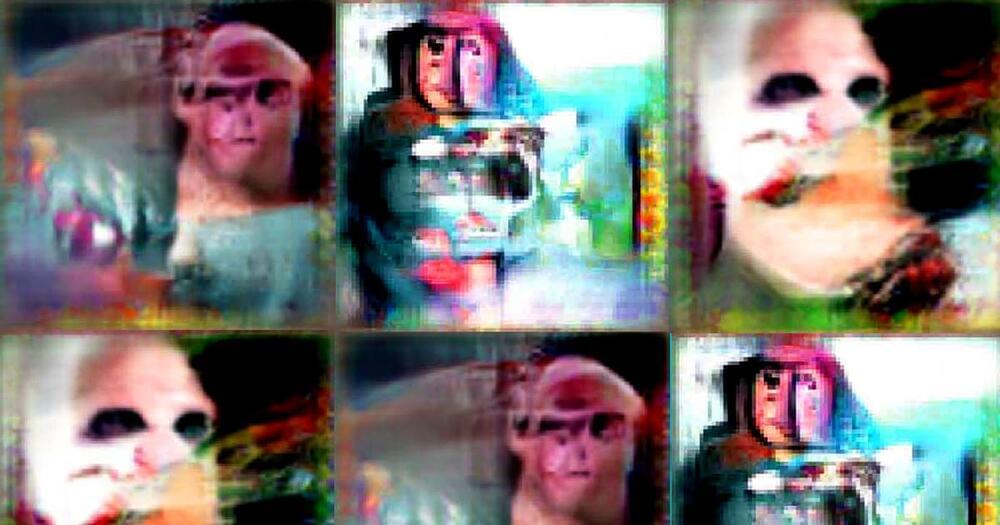“If cells are dreaming, [these images] are what the cells are dreaming about,” neuroscientist Carlos Ponce told The Atlantic. “It exposes the visual vocabulary of the brain, in a way that’s unbiased by our anthropomorphic perspective.”
Some neurons responded to images that vaguely resembled objects that the scientists recognized, suggesting that the researchers identified the specific neurons that corresponded with particular real-world objects. A blur that resembled a monkey’s face accompanied by a red blotch may have corresponded to another monkey in the lab that wore a red collar. Another blur that resembled a human wearing a surgical mask may have represented the woman who took care of and fed the lab’s monkeys, who wore a similar mask.
Other images that the monkey neurons responded to the most were less realistic, instead taking the form of various streaks and splotches of color, according to The Atlantic.
